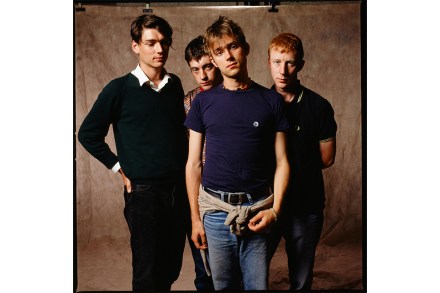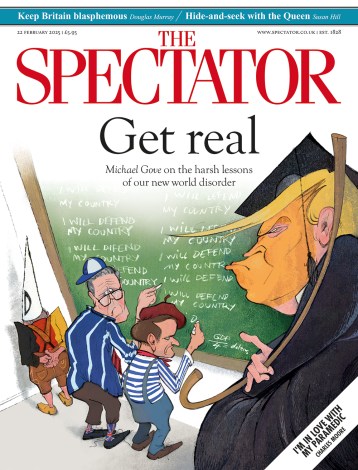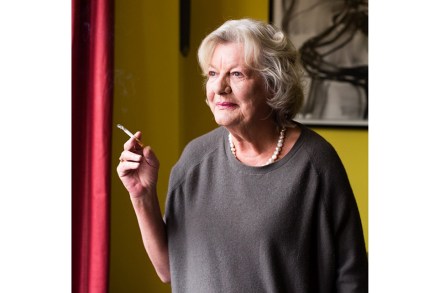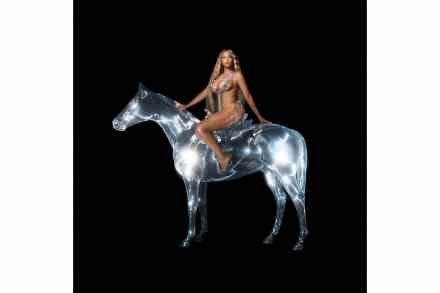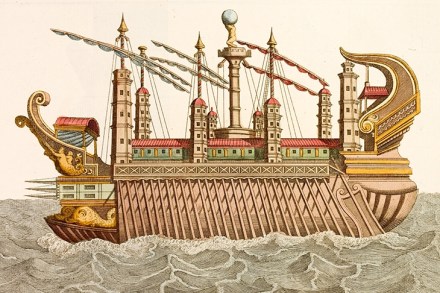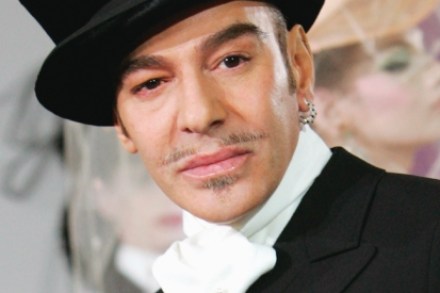Who’s still flying the flag for Britpop?
There’s only one Cincinnatus in the Cotswolds, and it’s not Boris Johnson. Over the Rainbow tells the story of how, once again, Alex James was torn from his life in a very big house in the country to fulfil his national duty to play bass with Blur. The tale comes in the form of a diary, like Brian Eno’s wonderful A Year with Swollen Appendices, except that this is a year with inflated egos. To make sure our sympathies are in the right place, it begins with a preamble at the end of December 2022, during which the author attends a series of parties, each more wearisomely smug than the
